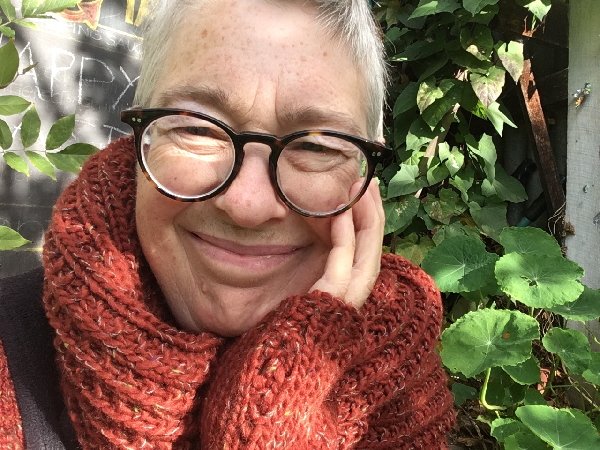Interview Recording
Interview Transcript
Dr Miranda Morris interviewed on 14 June 2003 by Sallyann Dakis
Synopsis
Dr Miranda Morris became involved in the Australian Garden History Society whilst working for the School of Environmental Design at the Tasmanian College of Advanced Education, then on Mt Nelson. She and her colleague Phyll Simons, who was a Landscape Architecture Lecturer, became involved with the Australian Heritage Commission’s national study of historical gardens … the Heritage Commission organised for people in each state to do a survey of historic gardens … It seemed quite a radical thing at that time not to be looking at houses, you know, which was where the National Trust had been. I suspect that there had been some recognition of how many gardens were being damaged when the gardens weren’t specifically protected.
… I remember driving around with Phyll, we had a wonderful time almost knocking on doors and asking people if they knew people. … I think probably one of our initial ways of going about it, apart from peering over hedges, was looking at which houses were likely to have had important gardens. … But we were also really aware of wanting not just to record gardens that were architecturally landscaped and that we wanted cottage gardens.
The Australian Heritage Commission conducted studies in each state. I think the first time we decided we all wanted to meet, the people who were doing it in each state … was in Tasmania. And that we met in Launceston, so I was kind of hosting that first meeting. And we went and visited some gardens and talked about forming the Society. … because there were people interested who weren’t undertaking the studies and the studies were nearly finished at that time. … I took on the newsletter … it was actually articles, mainly about the histories of places … there wasn’t a committee in each state, we were just a national. Because there were only about three or four of us in each place. So in the time that I was there, there weren’t really state committees, we operated at a national level.
In the 1970s there was this really strong move towards native gardens and exotic gardens were a bit of a no-no. Pretty unpatriotic, really, to talk about important historic British gardens in Tasmania, or whatever, which is what they were. And I think we’ve begun to move a bit away from that need for a dichotomy, protecting either or. But there had been this thing, you know, that all exotic plants are weeds and that we should pull them up and we should put our native species back in. And in a way, that was what was happening. New gardens that were being planted, were being planted with native things. I don’t know how that relates to where it was at, except that it probably couldn’t have happened ten years earlier.
And I think that Landscape Architecture as a taught subject, I don’t know how common that was. It felt to me in the Department of Environmental Design, which was quite a radical department at the time, that there was a new fostering of social environments beyond buildings. I mean, it had really changed from being a School of Architecture to being something that was much broader, so landscape and social space was a definite part of the built environment. So I think there was, within the college environment, I think that there was a recognition there already. And I think that the Heritage Commission was trying to redefine itself. It had its three sections, it had the Aboriginal and natural and built, and there was some recognition that those separations, they weren’t very natural boundaries if you like.
Whilst Miranda’s involvement in the Australian Garden History Society only lasted a couple of years, she believes the study commissioned by the Australian Heritage Commission was a catalyst in the Society’s formation. I think so. Some of them were very nearly lost when we went. We included a lot of gardens where there were really just traces. And I think just promoting the idea of preserving gardens was probably as important as the actual listings of them. No, I think it was a good thing to have done.


